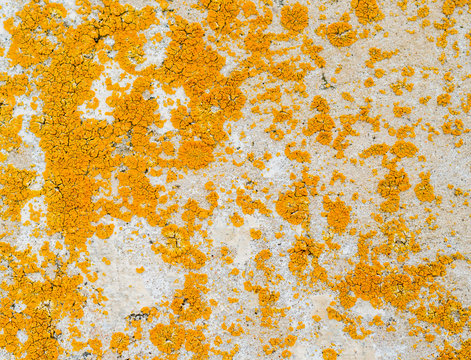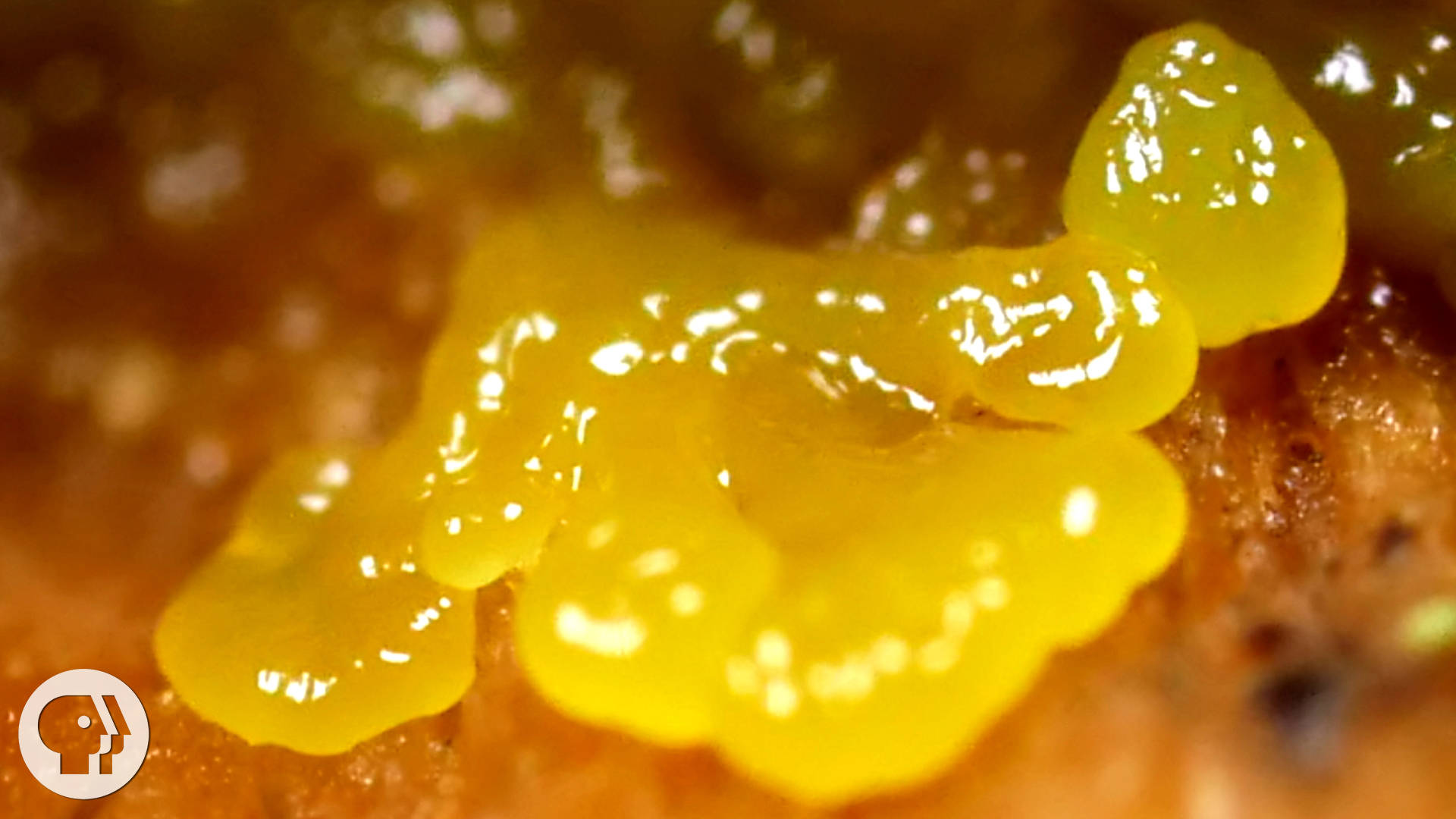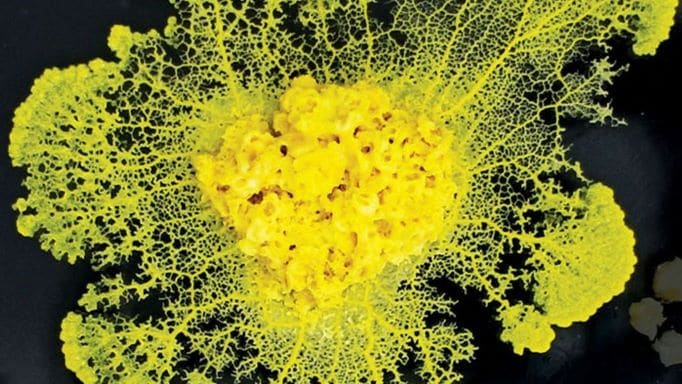Mold comes in a wide variety of often stunning colors.
Yellow mold, which isn’t a single species so much as a loose group of fungi, is one of the more common shades of mold. If you’ve noticed a yellow-toned growth in your DC home—by the kitchen, near your windowsills, or in typically damp places like basements and bathrooms—you may have a mold problem.
Read on to learn more about yellow mold, its properties, health concerns, and how to remove it from your home.
What is Yellow Mold?

As we covered above, yellow mold doesn’t refer to one mold species in particular. A number of distinct species fall under the yellow mold umbrella, including these most common varieties.
Aspergillus: The most common yellow mold species. Health. Generally speaking, aspergillus isn’t harmful to breathe for people with healthy immune systems. For those with weakened immune systems, yellow mold, and many other household mold types are more dangerous, potentially leading to a lung or sinus infection, which can spread throughout the body.
Serpula lacrymans: One of several fungi responsible for dry rot fungal contaminations, in which wood-decaying fungi eat through building materials without moisture. Not common on the American east coast.
Mucor: This mold turns yellow at points during its maturation (generally ending grey). For the immunocompromised, mucor is a serious concern, as it can cause mucormycosis, which can infect internal organs.
Epicoccum nigrumcan: Grows on many household surfaces like drywall, wood, carpets, and mattresses. Cladosporium is primarily known as a white mold but appears yellow early stages. It’s often found on household surfaces like wood, walls, flooring, and paper.
Cladosporium: Typically known as a white mold, it can take on a yellow hue during certain growth phases. If you see it in its yellow form, there’s a good chance the infestation is only surface level and can be easily cleaned.
What Are the Health Risks of Yellow Mold?
Most yellow mold species aren’t especially harmful to breathe—assuming you have a healthy immune system. For the immunocompromised, yellow mold can be far more dangerous, leading to a lung or sinus infection that can spread throughout the body.
Should I Tackle Yellow Mold on My Own?
Professional remediation is recommended for cases when mold patches reach larger than 10 square feet in size and is recommended for the immunocompromised regardless of size.
Where Yellow Mold Usually Shows Up
Yellow mold, like all mold, needs moisture, oxygen, and decaying material to form. As such, you’ll want to look in the humid, dark spaces of your home. Think the basement, your, kitchen, attic, bathroom(s), and even walls (if you’ve experienced recent water damage).
The Aspergillus strain is prevalent on food, especially bread, and the moisture and nutrients give it ideal conditions (FYI, bread keeps fresh better in the freezer anyway).
How to Remediate Yellow Mold

So long as your mold is modestly-sized and your immune system is not at risk, at-home DIY remediation is more than sufficient.
First, gather the materials you’ll need:
- Protective clothing: N95 mask, goggles, discardable clothing, trash bags
- Cleaning materials: Cleaning vinegar, mold removal spray, or bleach
You’ll first want to prepare your mold infection area. Ensure you close exits to other rooms to prevent spores from spreading and open windows to improve circulation.
Apply cleaning liquid with a spray bottle after donning your disposable clothing, mask, and goggles. Let it sit for an hour, then scrub off the mold with your rag and let it dry.
If you’re dealing with a porous surface like drywall or wood, you may notice that your initial soak-and-scrub didn’t do the trick. If this is the case, it’s likely the mold has soaked deeper into the material and will need to be removed and replaced.
Mold Prevention = Moisture Control
The best defense against mold is preventing the conditions that lead to it’s growth. As such, your best bet is to make sure moisture doesn’t stick around long enough. Keep water from sticking around, and you’ll also keep the yellow fuzzies from invading your space.
Why MoldGone
At MoldGone, we offer FREE mold inspection. Our mold removal and mold remediation services are available at reasonable prices.
Call us today at 240-970-6533 or Click here to schedule your appointment.





Recent Comments